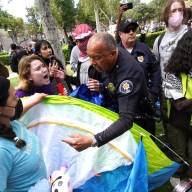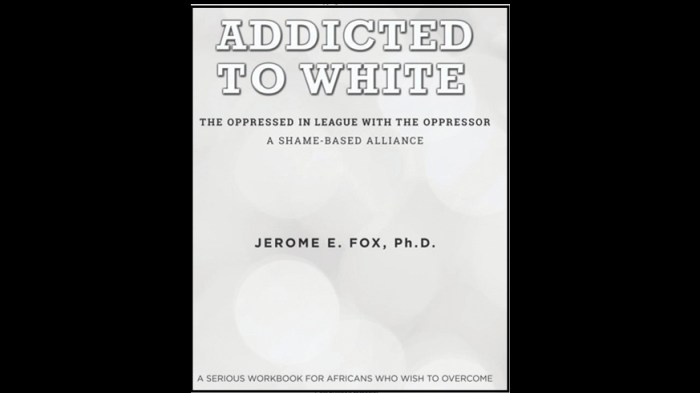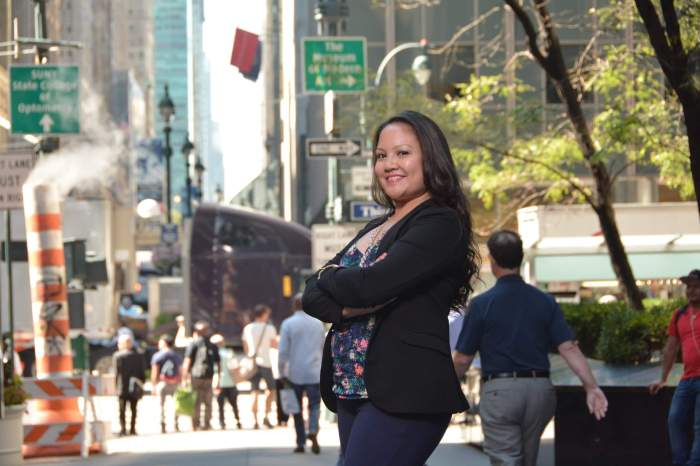The reporter was commmissioned to write this article.
It’s been nearly a decade since the Coalition to Ban Horse-Drawn Carriages launched its campaign, and the goal is beginning to be realized—to the relief of many New Yorkers and visitors to New York City. The horse-drawn carriage ban bill was introduced into the City Council in December 2014. The legislation, Intro. 573, is in the Transportation Committee and cannot be voted on until an Environmental Assessment Study is completed. The ban promised by Mayor de Blasio is getting closer, and many say it can’t happen soon enough.
“A ban of this inherently dangerous and inhumane trade is long overdue, and so we’re delighted that the legislation can finally move ahead,” said Elizabeth Forel, president and founder of the Coalition to Ban Horse-Drawn Carriages. In the years since the Coalition launched its campaign in January 2006, in response to a horrific carriage accident that resulted in the death of a 5-year-old horse named Spotty, public support for a ban has remained strong and consistent, generally at least 75% of those polled. Until recently.
Most news media’s editorial boards are opposed to the ban, and the Coalition believes it has something to do with it being a metaphor for the Mayor’s liberal agenda. “The untruths and manipulations about this issue have saturated coverage and kept the real facts from the public,” said Forel, “but the facts point to the necessity of a ban.”
Horses’ Nature: Horses do not belong in the congested vehicular traffic of NYC streets. Nor do they belong in the congested people traffic in Central Park. For their entire lives in this business, they do not have the opportunity to move naturally or experience normal socialization that horses need. As prey animals, horses are nervous and unpredictable and can spook and bolt at the slightest provocation. At 1,500 to 2,000 pounds, they can become unwitting weapons and can bolt, terrified, into traffic when reacting to some unknown stimuli, injuring or killing themselves or passersby. Deaths related to carriage horses spooking have happened elsewhere and could easily happen here. Working Conditions: Horses work 9 hours a day, 7 days a week between the shafts of their carriage. It is a punishing existence. The only “break” they get is standing around the hack line under a hot sun while they wait for passengers. Encumbered by heavy tack, they can’t even scratch an itch. What Will Happen to the Horses? The carriage trade likes to scare people into believing that all the horses will go to slaughter if there is a ban. This is disingenuous and not true. The ban will actually save them. There are about 180 privately owned horses in the business at any given time. However,the Coalition research has shown that between 60 and 70 horses fall off the Department of Health registry every year. The Coalition believes that many of those horses are “laundered” through the Amish farmers on their way to kill auctions – much like former NYC carriage horse Bobby II Freedomrescued at New Holland in 2010. The Global Federation of Animal Sanctuaries has received commitments from many of their members to take the horses if the owners agree. If a NYC carriage horse ends up at a kill auction, it will be his owner who brought him there. The Business: The carriage trade coined the term “iconic,” but many tourists go out of their way to avoid a carriage ride and the sight of these beleaguered, dispirited horses. It’s thought that very little NYC income tax is paid on this small, cash-only business that employs fewer than 300 licensed workers. Although the Teamsters claim these are “good union jobs,” they represent only about 120 drivers and do not provide any benefits to the workers, who would do much better to accept the job training offered by the legislation and segue into other work. Accidents: There have been many accidents involving horse-drawn carriages over the years, but drivers are not required by law to report them. The public is poorly informed about how dangerous this business is. “We believe New York City is better than this, better than supporting this inhumane and unsafe business,” Forel said, adding that there’s one very simple thing that concerned NYC residents can and should do: “Contact the City Council, and ask your council member to support Intro 573.”
multistoried stables are on the far west side of Manhattan, with stalls on upper floors reached by a steep ramp. The stalls are small—less than half what they should be, which is 12’x 12’. Turnout to pasture is nonexistent. When these dispirited horses return from a long day’s work, they go to their stall and stay there until the next day when they are put on the street again.


















